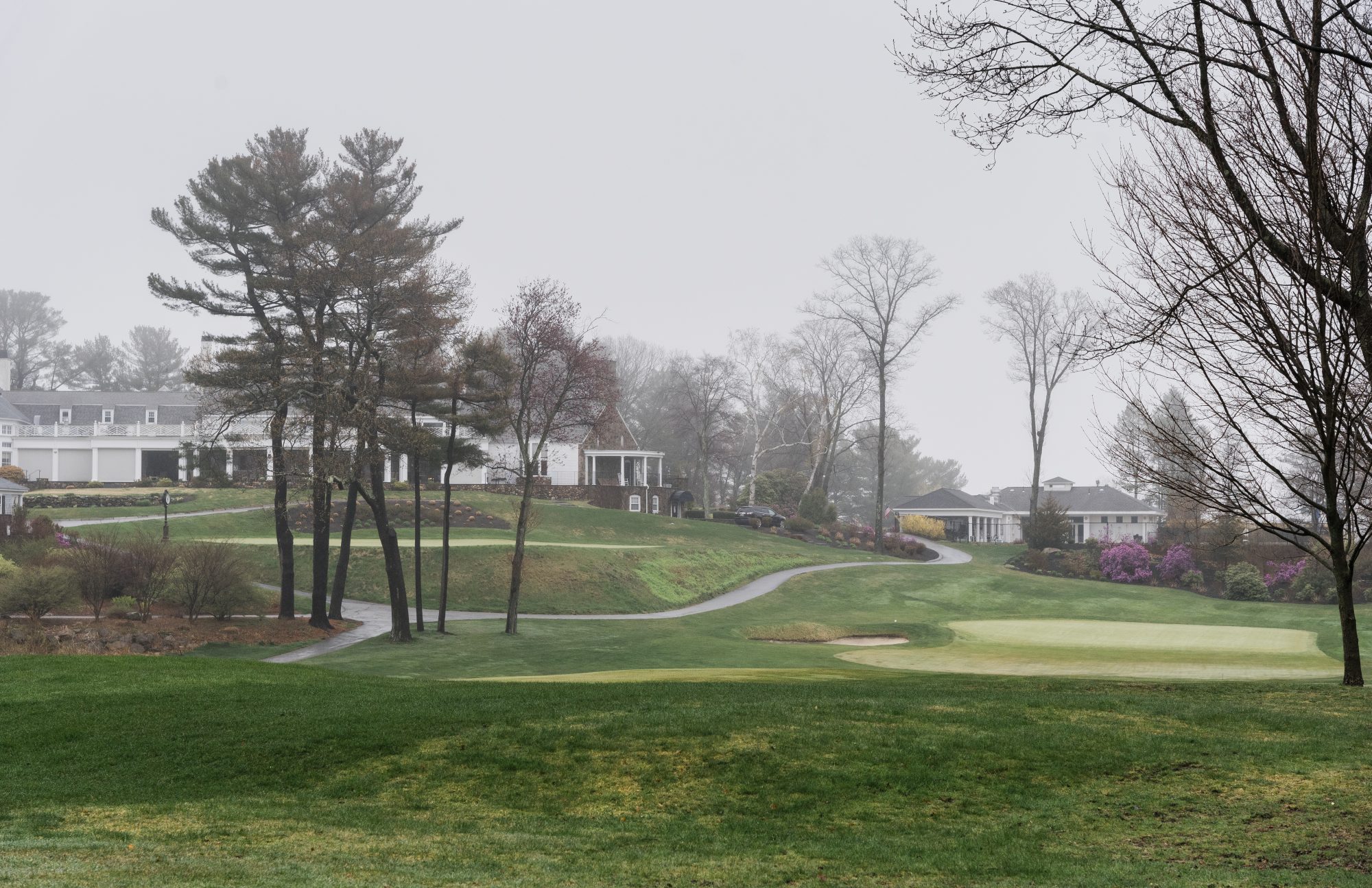PEABODY — The Conservation Commission held a special meeting Wednesday to discuss Salem Country Club’s ongoing efforts to plant trees and shrubs as part of a restoration plan laid out last year after the club illegally removed 233 trees.
Mike DeRosa, who works as a third-party peer-review consultant at DeRosa Environmental Consulting, said he believed the efforts of the club to restore more than nine acres of canopy that were lost in 2022 were progressing nicely.
“I think the club has gotten everything together. I think we’re in a good position,” DeRosa said. “The plan addresses the things in the enforcement order.”
According to Salem Country Club Attorney Barry Fogel, the club has completed most of the work for the project that was required by the Conservation Commission’s enforcement order.
He stressed that the club would meet the November deadline to submit an as-built report to mark the completion of restoration efforts before the project transitions to a monitoring stage with an expected return to compliance by 2028.
“Our expectation is that there will be 100% tree [and shrub] replacement at the end of the five years,” Fogel said. “I think we’ve seen good growth… We’re in pretty good shape.”
One of the major points of contention during the meeting was the issue of tracking growth in areas where the club had planted trees and shrubs, specifically on a pond bank at the second hole.
Fogel said the club took issue with the requirement that shrubs in the area must be tracked, pointing out that the bank had experienced large amounts of growth after the 100 shrubs that were planted.
He pointed out that the tracking requirement to make sure 75% of shrubs planted survived was unnecessary in that area due to the overgrowth already taking place, adding that any efforts to tag the plants would be disruptive given the exponential growth that had already taken place.
“The idea was to restore that habitat from what it became,” Fogel said. “I think we’re making a lot out of something that’s quite unnecessary given the broader context here.”
Fogel went back and forth with Conservation Commission Chairman Stewart Lazares, who said he believed geotagging would allow for evaluation of the plants’ long-term health.
“How do we tell which ones are doing well and which ones aren’t?” Lazares said.
Conservation Commission member Bruce Comak chimed in on the matter, pointing out that a simple solution to tracking would be to place tags when the plants die out in the fall.
“This whole conversation is crazy,” Comak said. “If you walk in in November, you’ll be able to see every plant.”
DeRosa said that he believed documenting the status of the shrubs was important to make sure more than 75% of them will survive and are not being affected by invasive species. However, he agreed with Comak and Fogel that it is right to approach the issue in a sensible way.
“I agree, it’s not a big deal,” DeRosa said. “We can make those observations without making a mess of everything.”
Fogel requested the committee vote to accept the updated as-built plan he presented to the council. He said the club’s board and members were hoping to get some verification that the plan going forward was acceptable to the commission.
He also explained that the commission accepting the plan would discourage Salem Country Club from pursuing legal appeals against the enforcement order.
“We have an audience of the membership of the board that are asking ‘Where do we stand?’” Fogel said. “I could advise them that there’s no need to appeal it because we’re completing the implementation and no new requirements are being imposed.”
The commission ultimately accepted the proposal with a 5-1 vote, with Commissioner Amanda Green casting the lone nay vote.
The committee voted to meet once again in September to review updates about the project.

